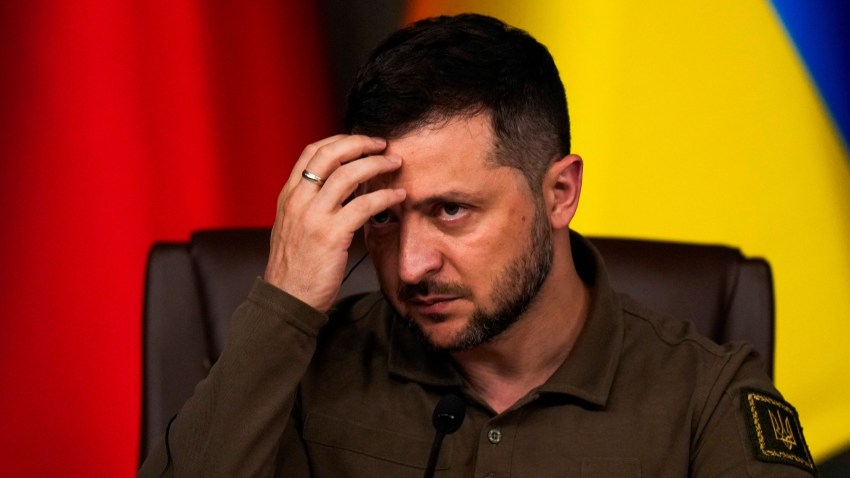In an information landscape where social media-driven news cycles often burn out in a day, engaging with the public responsibly over months and years has become one of the most difficult challenges that governments face. Managing such public communication at a time of war, in particular, can generate intractable dilemmas for states faced with a daily toll of devastation. Yet this is what Ukrainian leaders must do as the country’s armed forces struggle to make headway against entrenched Russian forces in occupied southern and eastern Ukraine. Their efforts to manage expectations at home and abroad have become increasingly fraught as the prospects of quickly expelling Russian troops from Ukraine have receded.
The risks of stoking hopes for an imminent grand breakthrough were visible even before Ukraine launched its much-anticipated counteroffensive in early June 2023 with the intention of overwhelming Russian troops ensconced in fortifications across Zaporizhia. Though the goal of cutting the so-called land bridge between Russian territory and Crimea made sense in abstract terms, its success depended on every aspect of the campaign going right for Ukrainian troops and wrong for the Russian army. All the while, Ukrainian leaders faced immense pressure from a Biden administration in Washington that at times seemed more focused on aligning the counteroffensive’s operations with the rhythms of U.S. domestic politics rather than realities on the ground. As a result, Kyiv rushed barely trained brigades into battle before Ukrainian command structures were fully configured to handle such a wide-ranging campaign.
The scale of the losses in the initial push quickly led to a recalibration, with the Ukrainian military eschewing mass armor assaults in favor of grindingly slow infantry attacks by the end of June. But the hype from the runup to an offensive that was intended to be transformative became a millstone around the neck of Ukraine’s leadership. By August, President Volodymyr Zelenskyy acknowledged that the fighting along most of the frontlines had become a matter of small-unit engagements that were unlikely to substantially tip the balance anytime soon. With the realization hardening that the war will continue for the foreseeable future, and that U.S. President Joe Biden’s aid efforts will be hampered by Republican obstruction in the House of Representatives, the overly optimistic mood of the spring has swung wildly in the opposite direction, toward pessimism and recriminations among Ukrainian policymakers and their partners in Washington and Brussels.

